Kampala Fabric
£12.00
Kampala fabric is more than material—it’s a living, breathing story woven into cotton. It encapsulates the soul of Ugandan culture, the resilience of its artisans, and the creative spark of African design. Whether draped around a bride at a traditional ceremony or strutted down a high-fashion runway, Kampala fabric continues to inspire, empower, and connect people across cultures and generations.
Kampala fabric, often celebrated for it’s rich textures and vibrant patterns, is more than just a piece of cloth—it is a vivid expression of heritage, identity, and artistic ingenuity. Traditionally tied to East African culture, particularly Uganda, the fabric’s name itself is a nod to the capital city, Kampala. Over the years, this fabric has evolved from a local treasure to a global fashion statement, blending deep-rooted tradition with modern-day trends.
Kampala fabric has it’s roots in African wax print textiles and batik techniques, brought to prominence in Uganda through local artisans who adapted these methods to create distinctly Ugandan designs. In earlier times, the fabric was primarily worn during significant ceremonies, rites of passage, and traditional festivities. It held a symbolic meaning, with specific patterns and colors used to communicate social status, community affiliations, and even marital status.
One of the unique aspects of Kampala fabric lies in its batik-style printing—a manual wax-resist dyeing technique that results in intricate, one-of-a-kind patterns. The labor-intensive nature of this process makes each piece of fabric a work of art. Unlike mass-produced textiles, Kampala fabric speaks of the artisan’s hand—slight imperfections add to its charm and authenticity, symbolizing the beauty of individuality.
Kampala fabric is instantly recognizable for it’s bold, dynamic colors—deep indigos, fiery oranges, earthy browns, radiant yellows, and luscious greens all interwoven in geometric, floral, or abstract motifs. The patterns are often symmetrical, creating a sense of balance and harmony, but no two designs are exactly the same, giving wearers a sense of uniqueness.
The texture is equally appealing. Typically made from 100% cotton, Kampala fabric is soft yet durable. The cotton base allows it to breathe easily, making it ideal for wear in warm climates, while the dyeing process gives it a slightly crisp finish, helping garments made from it hold their shape well.
Designs vary widely—from delicate swirls and naturalistic motifs to bold tribal patterns and symbolic shapes. This range ensures that there’s a Kampala print for every personality—whether one prefers understated elegance or vibrant flamboyance.
Creating Kampala fabric is a meticulous process rooted in tradition and skill. Artisans begin by drawing the desired design on plain white cotton fabric. Using melted wax, they outline the areas that should resist dye. The fabric is then dipped into a dye bath. After drying, the wax is removed using boiling water, and the process may be repeated with different colors to create layered, multicolored designs.
This wax-resist method results in striking contrasts and irregularities that are highly prized in artisanal textiles. Unlike factory-printed fabrics, the human touch in Kampala fabric creation ensures that each piece tells its own story—a story of craftsmanship, patience, and creative spirit.
In recent decades, Kampala fabric has crossed into the realm of contemporary fashion. Designers across Africa and beyond have embraced it for its aesthetic versatility and cultural depth. It is now used in a wide range of apparel—dresses, skirts, shirts, jackets—as well as accessories like bags, shoes, and even jewelry. The fabric’s eye-catching designs have made it a favorite on global runways and in urban fashion scenes from Lagos to London.
Additionally, Kampala fabric is increasingly used in home décor—upholstery, curtains, cushions, wall hangings—bringing a burst of color and cultural richness to modern interiors. It embodies the global trend of embracing ethically made, artisanal products that carry a sense of history and authenticity.
Beyond aesthetics, Kampala fabric has emerged as a symbol of cultural pride and economic empowerment. For many women in Uganda, working in the fabric dyeing and tailoring business is a key source of income and independence. Craft collectives and community workshops have turned Kampala fabric production into a sustainable livelihood, especially for women and marginalized groups.
Wearing Kampala fabric has become an act of reclaiming identity—especially for people of African descent around the world. In the diaspora, garments made from this fabric serve as a visual connection to ancestry, heritage, and homeland. It allows people to express pride in their roots while showcasing African art and craftsmanship to a global audience.
With the rising appreciation for slow fashion and handmade goods, the future of Kampala fabric looks bright. Young designers are infusing it with modern silhouettes and experimenting with new dyeing techniques, pushing the boundaries of what this traditional fabric can become. The fusion of old and new is creating fresh narratives—where Kampala fabric represents not just history, but evolution and innovation.
Sustainability is also becoming a key concern. Eco-conscious consumers are increasingly drawn to Kampala fabric for its biodegradable cotton base and low-impact dyeing processes. Artisans are experimenting with plant-based dyes and more sustainable production methods, ensuring that the legacy of Kampala fabric continues without compromising the environment.
| Weight | 0.3 kg |
|---|---|
1, 2, 3, 4, 5, 6, 7, 8 |
Only logged in customers who have purchased this product may leave a review.
Related products
Women
Eye-glasses
Women
Eye-glasses
Women
Village Faves
Women
Women
Eye-glasses
Jewellery
Women


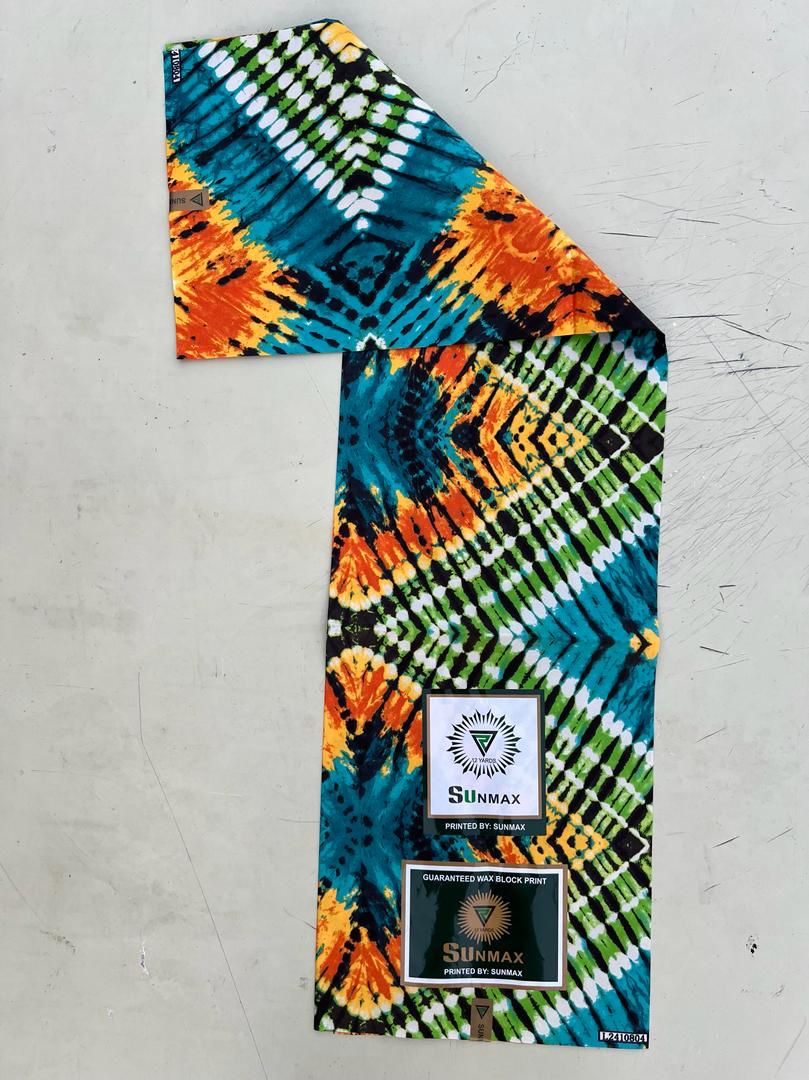
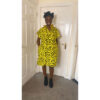

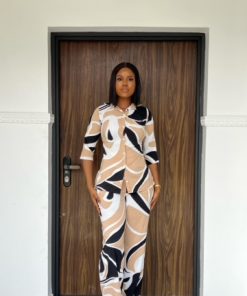
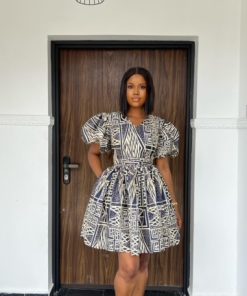

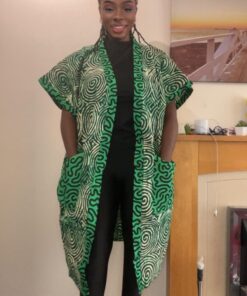




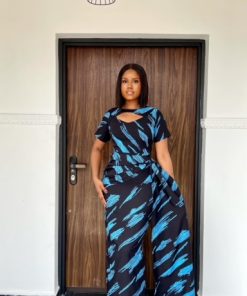
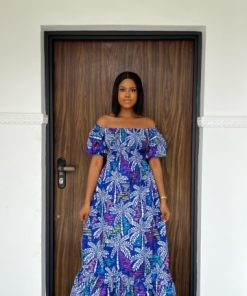

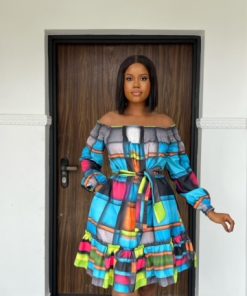
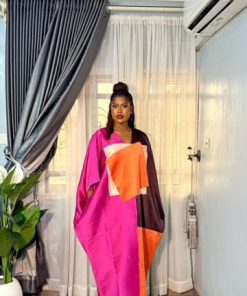
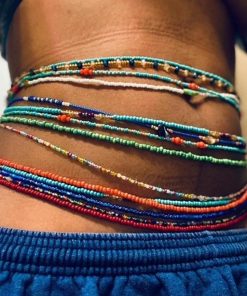
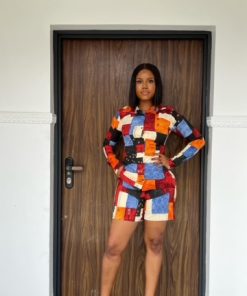

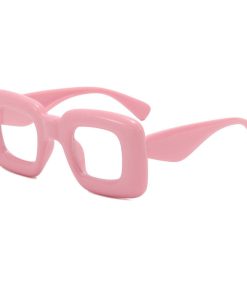

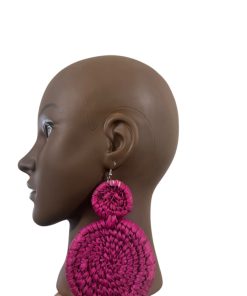

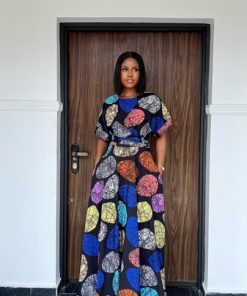
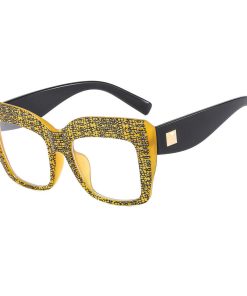

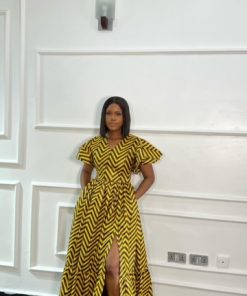
Reviews
There are no reviews yet.